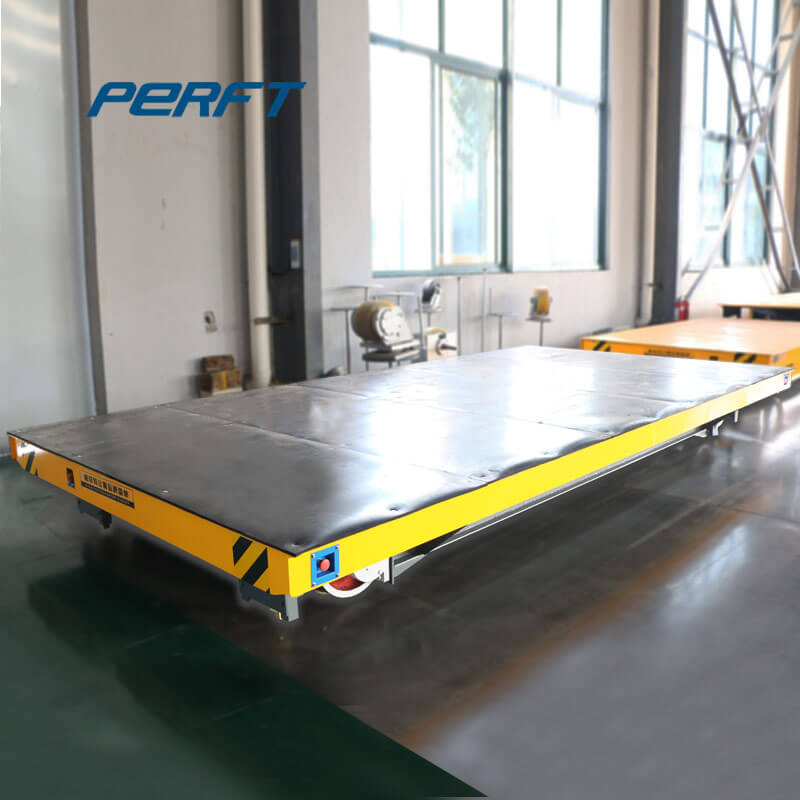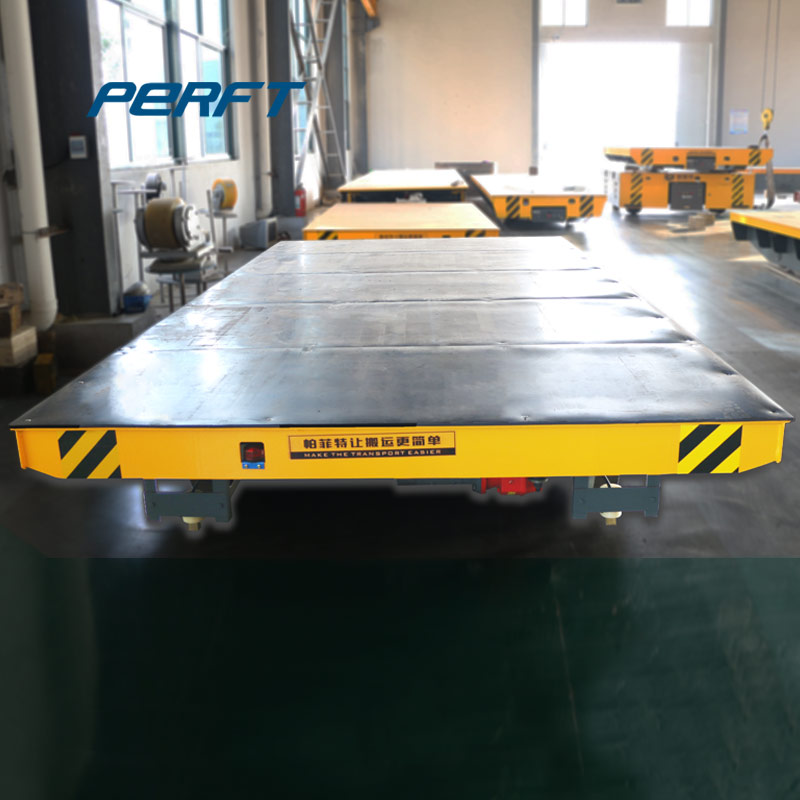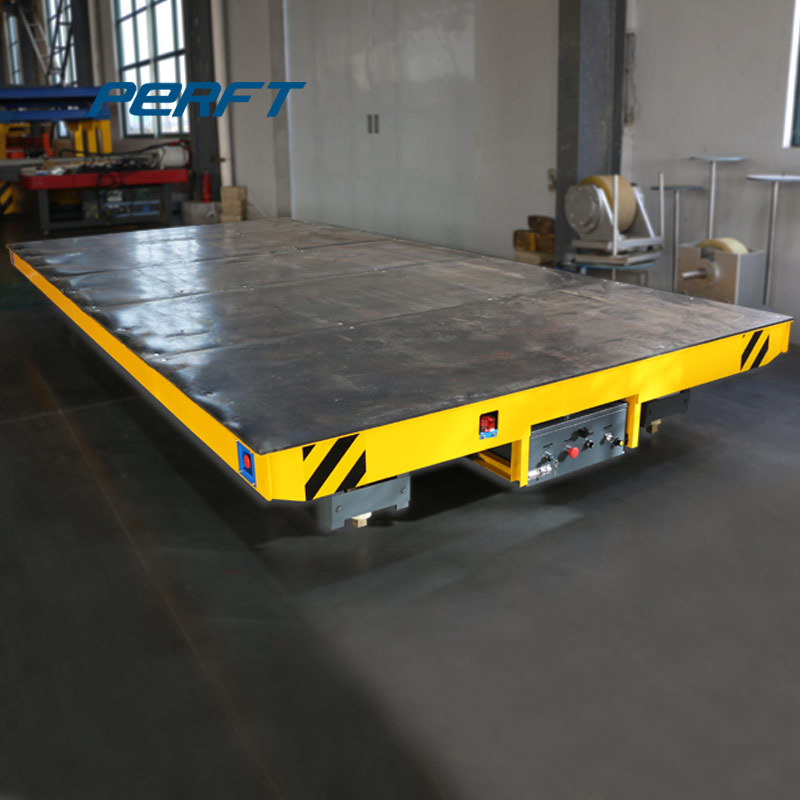


.jpg)
.jpg)
.jpg)
.jpg)
.jpg)
.jpg)
.jpg)
.jpg)
.jpg)
.jpg)
.jpg)
.jpg)
.jpg)
.jpg)
.jpg)
.jpg)
.jpg)
.jpg)
.jpg)
.jpg)
.jpg)
.jpg)
.jpg)
.jpg)
.jpg)
.jpg)
.jpg)
.jpg)
.jpg)
.jpg)
.jpg)
.jpg)
.jpg)
.jpg)
.jpg)
.jpg)
.jpg)
.jpg)
.jpg)
.jpg)
.jpg)
.jpg)
.jpg)
.jpg)
.jpg)
.jpg)
.jpg)
.jpg)
.jpg)
.jpg)
.jpg)
.jpg)
.jpg)
.jpg)
.jpg)
.jpg)
.jpg)
.jpg)
.jpg)
.jpg)
.jpg)
.jpg)
.jpg)
.jpg)
.jpg)
.jpg)
.jpg)
.jpg)
.jpg)
.jpg)
.jpg)
.jpg)
.jpg)
.jpg)
.jpg)
.jpg)
.jpg)
.jpg)
.jpg)
.jpg)
.jpg)
.jpg)
.jpg)
.jpg)
.jpg)
.jpg)
.jpg)
.jpg)
.jpg)
.jpg)
.jpg)
.jpg)
.jpg)
.jpg)
.jpg)
.jpg)
.jpg)
.jpg)
.jpg)
.jpg)
Feb 20, 2022 · Flat Cars (Trains) Flatcars are the very type ever employed by the railroad industry. Indeed, it sounds rather outlandish but is basically the truth. The car also predates common-carrier railroads themselves by first being used in the mid-1820s to haulPerfect stones in New England. This was followed shortly thereafter by the Granite Railway of
With load capacities that range from 5 Ton to 300 Ton, our Industrial Transfer Cars are equipped with single and double flange steel wheels, in 12" to 30" diameters. Our wheels are machined to "press-fit" tolerances mounted on either stub or thru axles. Each axle assembly is mounted to the frame of the vehicle using pillow block or "AP" bearing
Industrial Solutions Rail car unloaders A transfer platform is used to move ... space for a loop. 1 3 7 5 9 2 4 8 6 Rail car unloaders 7.
by DB Schenker Rail Deutschland AG 27 Wagon type numbers and their meanings 28 E Open wagons 30 F Open hopper wagons 36 F Tipping hopper wagons 38 F Bogie open hopper wagons 40 H High-capacity sliding-wall covered wagons 46 H Four-part, covered, double-deck car transporter wagons 58 K Flat wagons 60 L Car transporter units 64 R Bogie flat wagons 66
Coil transfer car is a popular product in metallurgy industry around the world, Our engineer will provide optimal solution to you as per the layout: 1.The coil quantity the transfer car need to transport once time. 2.The coil placement on the coil transfer car. 3.The coil diameter.
than the average single-occupancy vehicle. Simi-larly, the average heavy rail car would need to have at least 19% of seats full to exceed the efficiency of an automobile carrying an average passenger load. quent stops in denser urban areas). In terms of ve-hicle efficiency for instance, many transit agencies
Aug 15, 2014 · Over time as the waste by rail transport industry grew the same phenomenon occurred in waste flat cars as occurred in coal gondolas. A group of innovate and creative individuals engineered the 70 ton car so that it could transport 100 tons of containers and commodity.
Intermodal shipping can save money and energy costs. Plus, it's reliable and provides transit times comparable to long-haul trucking. Union Pacific trains move one ton of freight 480 miles on a single gallon of diesel fuel nearly three to four times more fuel efficient than trucks. With intermodal, you won't rely solely on rail transport. Enjoy the benefits of intermodal along with the
171.15. Spill and Leak Reporting. 172.510. . Placards, Rail Car. 172.514. Placards, Cargo Tanks. 173.29. Empty Containers. 173.272. Authorized Container, Sulfuric Acid
The Emergency Response Guidebook (ERG) provides general response recommendations for first responders. UN/NA datasheets display several items from the ERG: material names, response guide PDFs, initial isolation and protective action distances, warnings about toxic-by-inhalation gases that may be produced if the material spills in water, and polymerization hazards.
Reporting Mark and Number — the alphabetic initial stenciled on the sides and ends of every freight car to identify the railroad or private car line that owns the car. Reporting marks are assigned by the Association of American Railroads and are typically 3 or 4 letters ending with an X (for non-railroad -owned cars), followed by 1 -6
Extended Elbow Railroad and Tank Car Unloading Fitting The latest offering from OPW combines quality materials and exceptional engineering to create superior railroad and tank car connections. OPW railroad and tank car connections fit standard couplings, helping you get the job done faster, cleaner and safer.
A 40-ton rail car is aPerfect spill, but a breach in a one-ton ammonia tank would also be considered aPerfect spill. The information displayed in the Emergency Response Guidebook for ammonia looks like the chart in figure 5 The information can be displayed in English or metric units.
AREN 2110 SOLUTIONS FALL 2006 HOMEWORK ASSIGNMENTS 6, 7 and 8 SOLUTIONS: HOMEWORK #6 Chapter 5 Problems 5-45 A number of brass balls are to be quenched in a water bath at a specified rate. The rate at which heat needs to be removed from the water in order to keep its temperature constant is to be determined.
The aggregate storage capacity of these 153 terminals was 2,734,000 tons, and individual capacities ranged from a few hundred tons to 121,000 tons (1). The list did not include inland terminals that can be reached only by barges on inland waterways, by pipelines, or by rail. Total world trade in anhydrous ammonia between countries in 1976